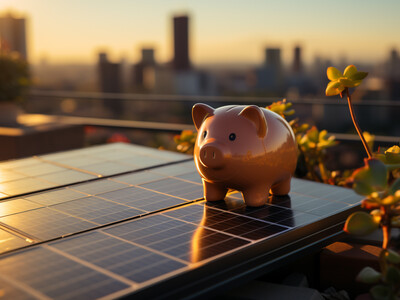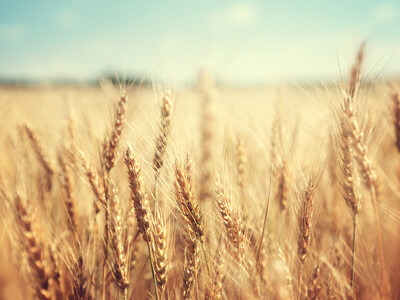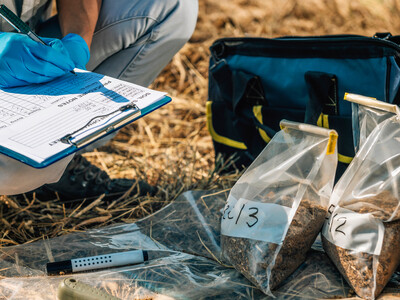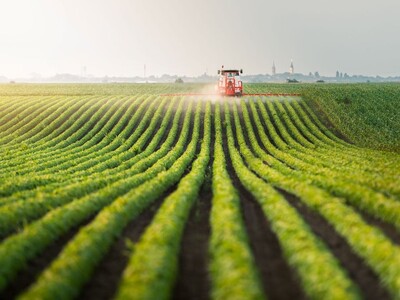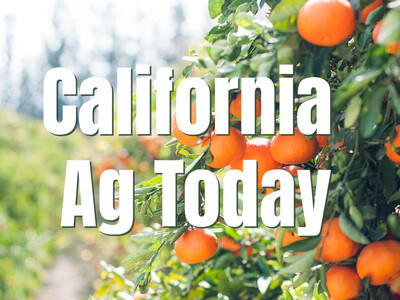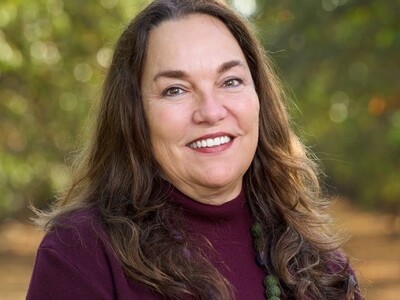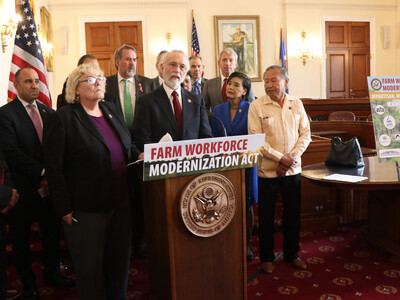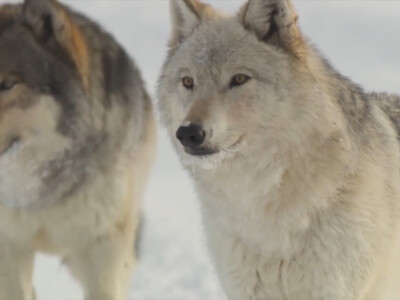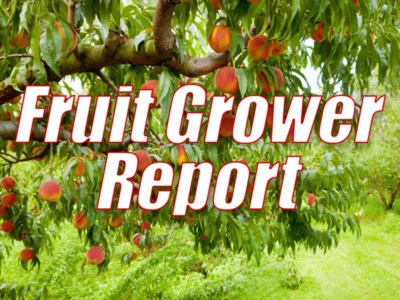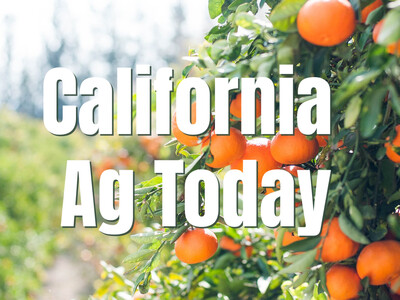The Real Christmas Tree
The Real Christmas Tree. I’m Greg Martin with today’s Line On Agriculture.
There was a time when it was just another part of the holiday season and that was a trek across country to find the family Christmas tree. Even when I was younger we would still head out to the old family farm and search for the right tree, cut down and bring it back to be decorated. It’s a wonderful memory. Tom McNabb of Yule Tree Farms in Oregon gets a little flabbergasted when folks question if buying a real tree is better for the environment than an artificial tree…which he points out are made of petrochemicals.
MCNABB: A real tree is grown on the plantation, it’s not from a forest but grown on a plantation just like corn or anything else, it’s just that it takes seven years to harvest it. They take in the carbon dioxide to produce oxygen. So they’re scrubbing a little bit of the environment. Basically the artificial tree is a toilet bowl brush that is a little bit prettier.
25 to 30 million real Christmas trees are sold every year in the U.S. For everyone of those, one to three new seedlings are planted the following spring. McNabb says these tree farms not only help to maintain green space, but are also a smart use of the land.
MCNABB: The row crops they get the best farmland because they’re using it over and over again and their crops are coming off once or twice a year. Ours come off every six or seven years. So we use some of the ground that is not necessarily the best farm ground. It’s not stuff that would produce corn or cauliflower or any of those kinds of things.
And he points out that Christmas trees are helpful even after you take down the holiday decorations.
MCNABB: If you take that tree now, the real tree,cut it up, mulch it, you know, run it through a chipper, put it in your garden, and that gets worked into the soil and it becomes food for your spring plants for the next year. If you were to take an artificial tree and try to do the same thing with it, it’s not going to feed anything. That polyvinylchloride how many years it takes before it becomes oil again? Thousands.
So what is the age of the average Christmas tree.
MCNABB: Before we get the trees they’re in a nursery growing as seedlings from seeds for two to three years, so it could be nine to eleven years from seed to a customer’s home.
McNabb talks about one aspect of being a Christmas tree farmer.
MCNABB: It’s our one and only paycheck, so in a five week period you’ve got to make enough money to last the whole year, pay all your bills the whole year.
Well I admit that we have not had a real Christmas tree every year. Some years the old stand by artificial tree does make a reappearance but there really is something extra special about a real tree.
That’s today’s Line On Agriculture. I’m Greg Martin on the Ag Information Network.




